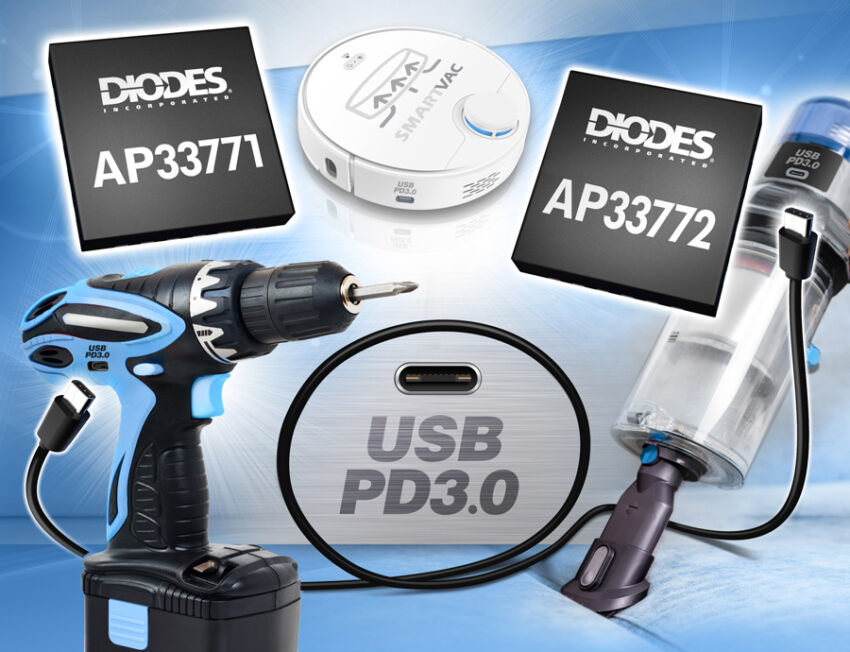
USB Type-C PD3.0 Sink Controllers Enable Streamlined and Cost-Effective Charging
Diodes Incorporated (Diodes) (Nasdaq: DIOD) continues to strengthen its portfolio of USB power delivery (PD) solutions by bringing two new high-performance USB PD3.0 sink controller ICs to the market. The DIODES™ AP33771 and DIODES™ AP33772 sink controllers are targeted at home appliances and cordless power tools, enabling the appropriate voltage level to be negotiated via USB-C®. They have an operating voltage range of 3.3V to 24V.
The AP33771’s simple pin-driven setting of required voltages and power makes it easier to use, while the AP33772 provides greater flexibility for more sophisticated designs that use a µC (with an I2C interface included). Both devices have built-in application firmware, which automatically carries out the PD 3.0 negotiation procedure with the attached USB PD 3.0 compliant charger in order to obtain the required power level. LED lighting (driven by one of their GPIOs) enables a clear indication of the charging state and potential fault situation.
The AP33771 has a preloaded power menu, consisting of eight different output voltages and 10 different power levels. The power requirements of the end equipment can be met via alteration of simple resistor settings. It also provides 5V charging when connected to a classical USB Type-A charger, as well as supporting USB Type-C to USB Type-C cable voltage drop compensation.
The I2C interface on the AP33772 allows more sophisticated system designs to be addressed. Through it, particular power profiles can be specified, as well as enabling access to various protection features.
The AP33771 and AP33772 are supplied in 24-pin W-QFN4040 packages. They are available at $0.5201 in 1000-piece quantities. Evaluation boards are available through Diodes’ sales channel upon request.




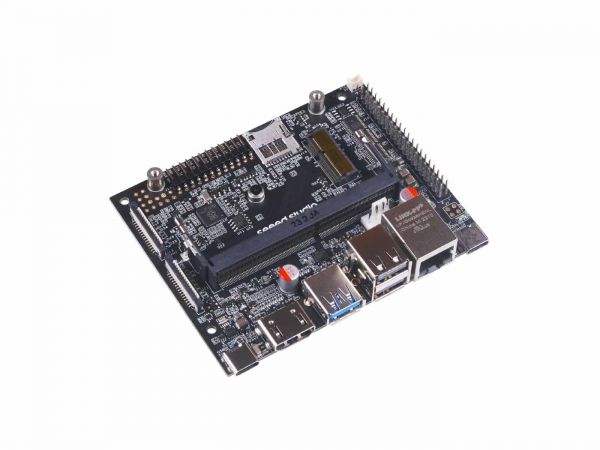
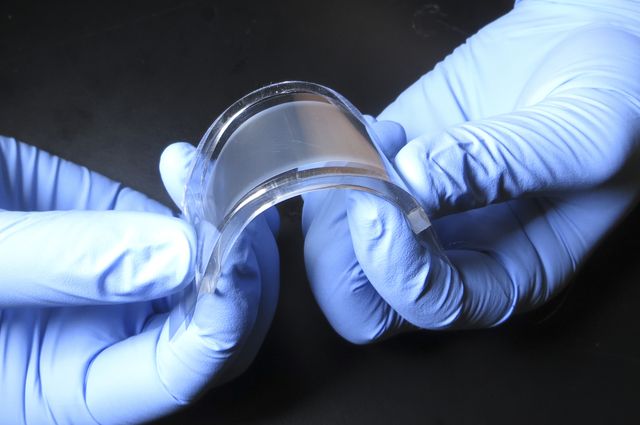
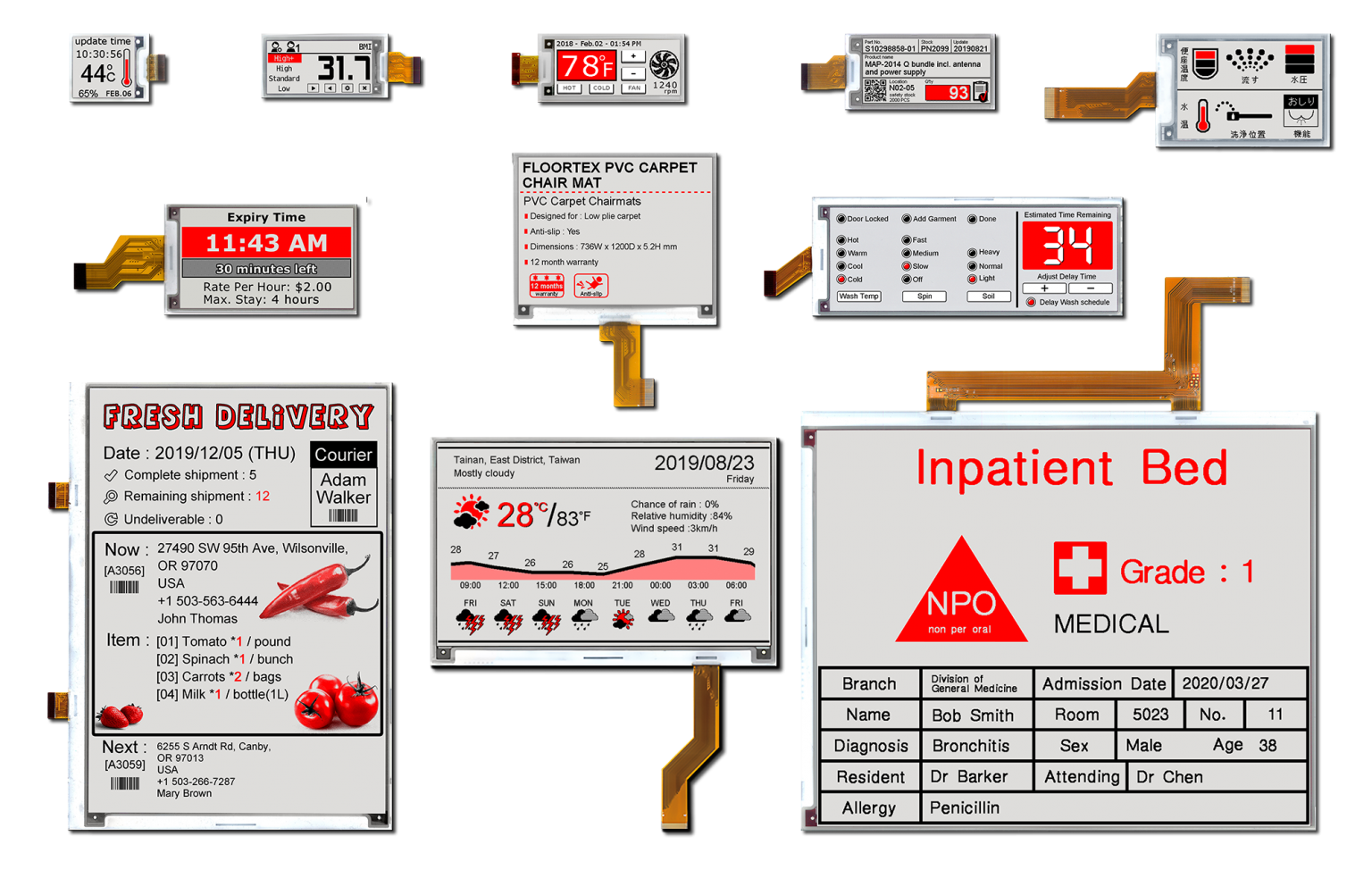


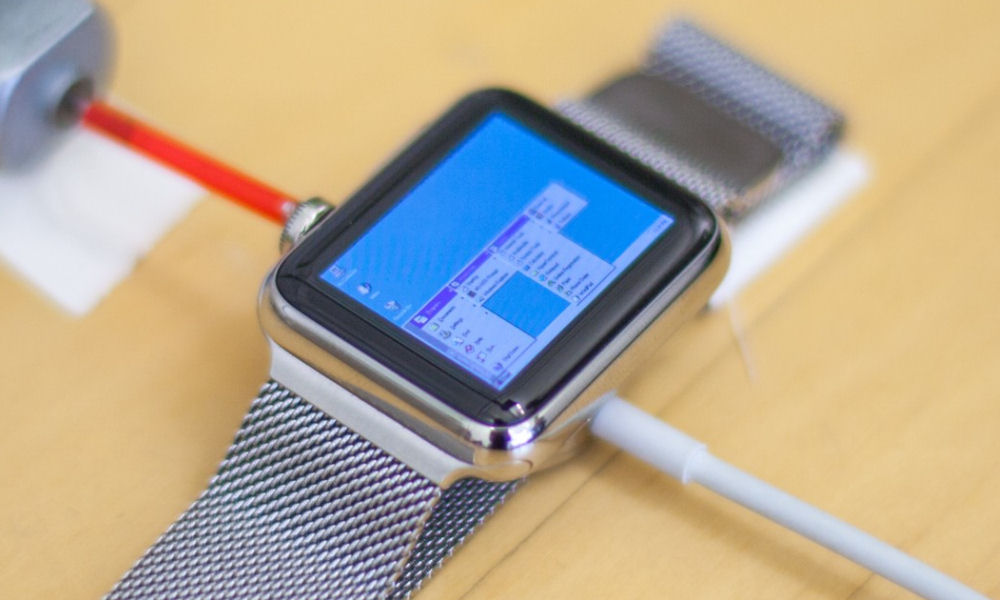





i have made the AP33772 circuit according to the evaluation board schematics. I have not programmed via the I2C port. The led on GPIO4 stays off and none of the MOSFETs is on. I used the IS7370 N-MOSFET instead of the DMN3008. I expected that I could get 5V so the microcontroller can start up and communicate with the AP33772 via the I2C bus. Am i doing something wrong?